This video addresses how Canadian policies oppressed Indigenous peoples to assimilate them in order to get rid of what some called “the Indian problem.” This has created ripples of oppression that has resulted in discrimination of ethnicity and gender with far-reaching impacts. The process of creating this spoken letter brought me to acknowledge my own part in colonization. I understand the challenge of this acceptance in persuading non-Indigenous people to become allies. In order for people to become involved in a cause, they need to care about it. I believe that this requires not only engaging the heart, but also the mind. I chose to use the medium of story-telling to speak the truths of history in an engaging way. I consulted an Indigenous woman in this process, because I wanted her perspective so that I could ensure I was being respectful of Indigenous knowledge, history and truth-telling. A few of the artifacts in the video were included because they had a powerful impact on me. The painting “Still Dancing” by Jonathan Labillois is a haunting image because it captures the faces of the sisters who have been taken. It places the viewer face to face with the real women who have been victims, and it speaks to me of the need for their voices to be heard. I also appreciate the artwork entitled “The Disposable Red Woman” by Destin Running Rabbit and Iman Bukhari. This display is both powerful and a bit shocking. It begs the question, “why are Indigenous women disposable?” I found this particular image of this display quite impactful, because it captures one pedestrian engaged with the display, while others are walking past it. This is truly indicative of our society with respect to the MMIWG2S Inquiry and Calls to Justice. Finally, the song “Sky World” by Bear Fox and performed by Teio Swathe states, “let’s put our minds together as one, and remember the ones who’ve passed on to the sky world.” I believe that in order to address the MMIWG2S issues and Calls to Justice, there must be a remembering of these stolen sisters and a working together in a unified way to create change to the policies and attitudes that have perpetuated this violence in our society
Kathy Kruisselbrink
References:
Bear Fox. Sky World. Retrieved from https://www.youtube.com/watch?v=qwcM9NPWWtc&feature=share
Cardinal, C. (2017). Mapping the Indigenous adoptee diaspora: The 60s scoop. Retrieved from
https://www.canadiangeographic.ca/article/interview-mapping-displacement-60s-scoop-adoptees
Churchill, W. (n.d.) Retrieved from https://www.brainyquote.com/authors/winston-churchill-quotes
Dalai Lama. (n.d.) Retrieved from https://www.azquotes.com/quote/568553
Labillois, J. (2014) Still dancing. Retrieved from
https://www.kairoscanada.org/wp- content/uploads/2015/12/Ct3EVa6WEAAdsc2.jpg
MacKenzie, D. (2015). Indian residential schools: A tragic legacy. The Guardian.
https://www.theguardian.pe.ca/opinion/local-perspectives/indian-residential-schools-a-tragic-legacy-111652/
Montana State University. (2019). MMIWG Art Display. Retrieved from
https://www.montana.edu/calendar/events/29976
Oyasin, M. (2015). Missing and murdered Indigenous women. Traditional Native Healing. Retrieved from
https://traditionalnativehealing.com/missing-and-murdered-indigenous-women
Perreault, A. (2019). National Inquiry into MMIWG offering funding assistance. Net News Ledger. Retrieved from
http://www.netnewsledger.com/2019/03/12/national-inquiry-into-mmiwg-offering-funding-assistance/
Running Rabbit, D., & Bukhari, I. (2017). Disposable red woman: Guerrilla art. Retrieved
from https://www.youtube.com/watch?time_continue=1&v=vMbVIL4Cm5s
University of Alberta Libraries. (2009). Postcard 9725. Peel’s Prairie Provinces. Retrieved from
http://peel.library.ualberta.ca/postcards/PC009725.html
Upham, E. (2016). Pass system viewing examines history of racial segregation. St. Paul Journal. Retrieved from
https://www.spjournal.com/article/pass-system-viewing-examines-history-of-racial-segregation-20160322
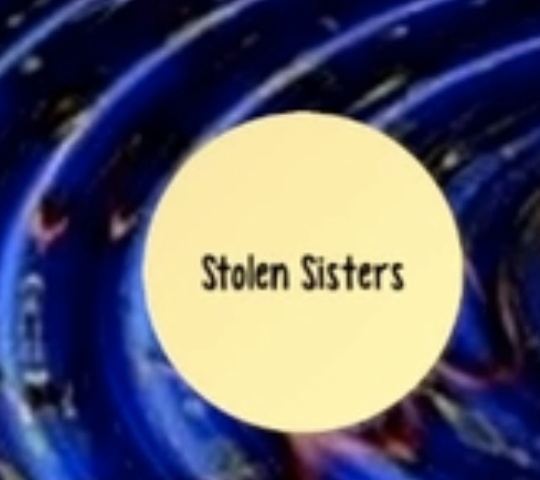
November 23, 2019
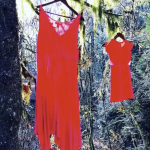
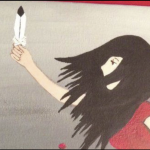
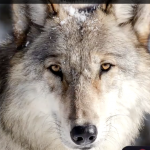
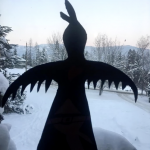
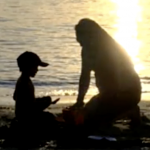
Comments by Finn